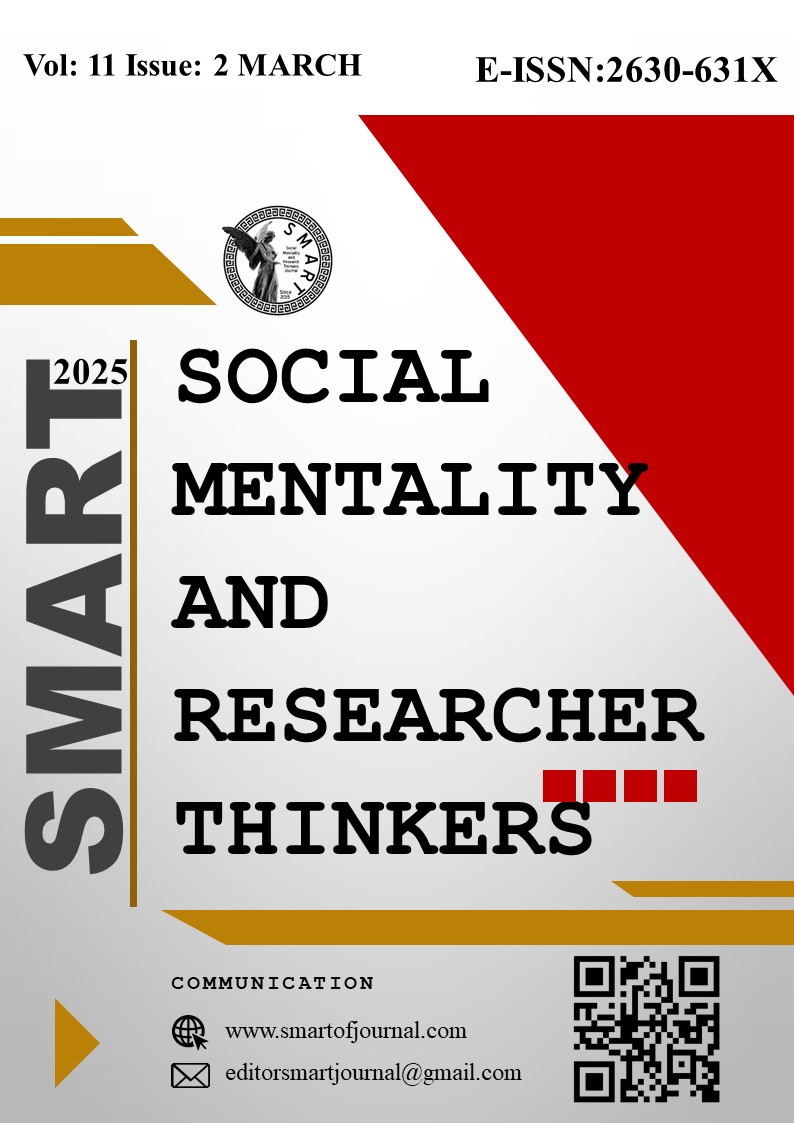Müzik Eğitiminde Kullanılan Çocuk Şarkılarının İçerik, Kavramsal Boyut ve Prozodi Açısından İncelenmesi
Author :
Abstract
Bu araştırma, Türkiye’de okul öncesi dönemde müzik eğitiminde kullanılan çocuk şarkılarının içerik, kavramsal boyut ve prozodi açısından incelenmesini amaçlamaktadır. Araştırma kapsamında, çocuk şarkılarının eğitimsel ve pedagojik açıdan taşıdığı önemin vurgulanması, aynı zamanda şarkıların tematik çeşitliliğinin çocuk gelişimi üzerindeki etkilerinin değerlendirilmesi hedeflenmiştir. Çalışmada, 2018 öncesi ve sonrası dönemlerde yayımlanan çocuk şarkıları karşılaştırılarak incelenmiştir. Ayrıca, çocuk şarkılarının prozodik yapılarının analiz edilmesiyle, dil gelişimi, ritim algısı ve müziksel beceriler üzerindeki etkileri değerlendirilmeye çalışılmıştır.Araştırma, nitel araştırma yöntemiyle tasarlanmış ve veri toplama aracı olarak doküman analizi tekniği kullanılmıştır. Türkiye’de okul öncesi müzik eğitiminde kullanılan toplam 110 çocuk şarkısı, betimsel analiz yöntemi ile incelenmiştir. Bu şarkıların tematik gruplandırılmasında ve içeriklerinin analitik olarak ayrıştırılmasında MAXQDA nitel veri analizi programı kullanılmıştır. Veriler, literatürde çocuk gelişimi ve müzik eğitimi ile ilişkili temel temalara dayanarak kodlanmış ve sınıflandırılmıştır.Araştırma bulguları, 2018 öncesi şarkıların genellikle mizahi,doğa temelli, eğitici ve eğlence odaklı temalara yoğunlaştığını; bu şarkıların çocukların hayal gücünü geliştirme ve yaratıcı düşünceye katkıda bulunma potansiyelinin yüksek olduğunu göstermektedir. 2018 sonrası şarkıların ise çağdaş eğitim anlayışı ile benimsendiği güncel sosyal dinamikler, çevre bilinci, hijyen,sağlık gibi daha kapsamlı temalara yer verdiği tespit edilmiştir. Ayrıca, bu dönemde bestelenen şarkıların prozodik yapılarında daha modern bir yaklaşım benimsenerek çocukların dil gelişimi ve ritim algısı üzerindeki etkilerinin artırıldığı görülmüştür.
Keywords
Abstract
This study aims to analyze the children's songs used in music education in preschool period in Turkey in terms of content, conceptual dimension and prosody. Within the scope of the study, it is aimed to emphasize the educational and pedagogical importance of children's songs, as well as to evaluate the effects of thematic diversity of songs on child development. In the study, children's songs published before and after 2018 were compared and analyzed. In addition, by analyzing the prosodic structures of children's songs, it was tried to evaluate their effects on language development, rhythm perception and musical skills.The study was designed with qualitative research method and document analysis technique was used as a data collection tool. A total of 110 children's songs used in preschool music education in Turkey were analyzed by descriptive analysis method. MAXQDA qualitative data analysis program was used for thematic grouping of these songs and analytical separation of their content. The data were coded and classified based on the basic themes related to child development and music education in the literature. The research findings show that pre-2018 songs generally focus on humorous, nature-based, educational and entertainment-oriented themes; these songs have a high potential to develop children's imagination and contribute to creative thinking. The songs after 2018 were found to include more comprehensive themes such as current social dynamics, environmental awareness, hygiene and health, which were adopted with a contemporary educational approach. In addition, it was observed that a more modern approach was adopted in the prosodic structures of the songs composed in this period, increasing their effects on children's language development and rhythm perception





